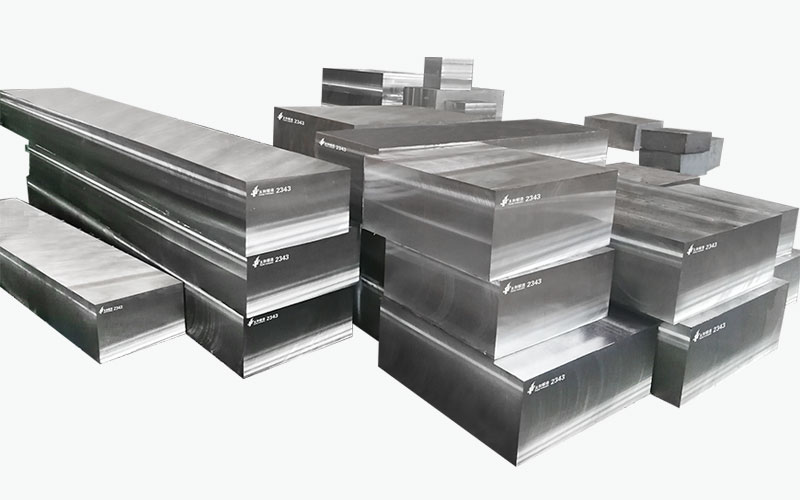
Going deep into the science, steel forging can be classified into two basic types:

CLOSED DIE FORGING
In the closed die technique, the metal is pressed between two dies that comprises of the precut profile of the desired shape.
OPEN DIE FORGING
In open hot forging steel, the metal piece goes through a deformation between multiple dies that do not enclose the material entirely. The dies constantly hammer the metal to achieve the desired shape.
The bonus of forged steel is that the metal becomes stronger than equivalent types that are cast or machined. Steel forging is commonly used in mechanical and industrial applications due to its strength, availability, and specialized alloy types like stainless steel and carbon steel. Forging in steel offers unsurpassed resilience for manufacturing parts that simply do not fail. The various benefits of forging are:
Steel forge parts offer a higher degree of reliability and tolerance capabilities
Steel forgings offer uniformity of composition and structure. They have minimum variation in machinability and mechanical properties
Forged steel parts are stronger and more reliable than machined or cast parts
Steel forgings make possible designs that accommodate high loads and stresses
Steel forgings are used when quality cannot be questioned
Steel forge parts are free from gas voids, pockets, or cooling defects which can lead to load failure